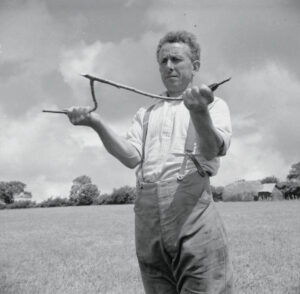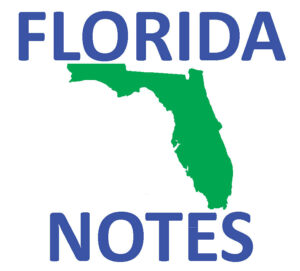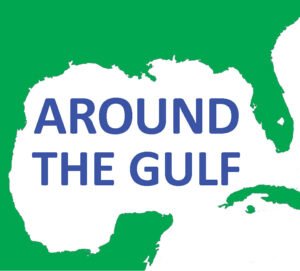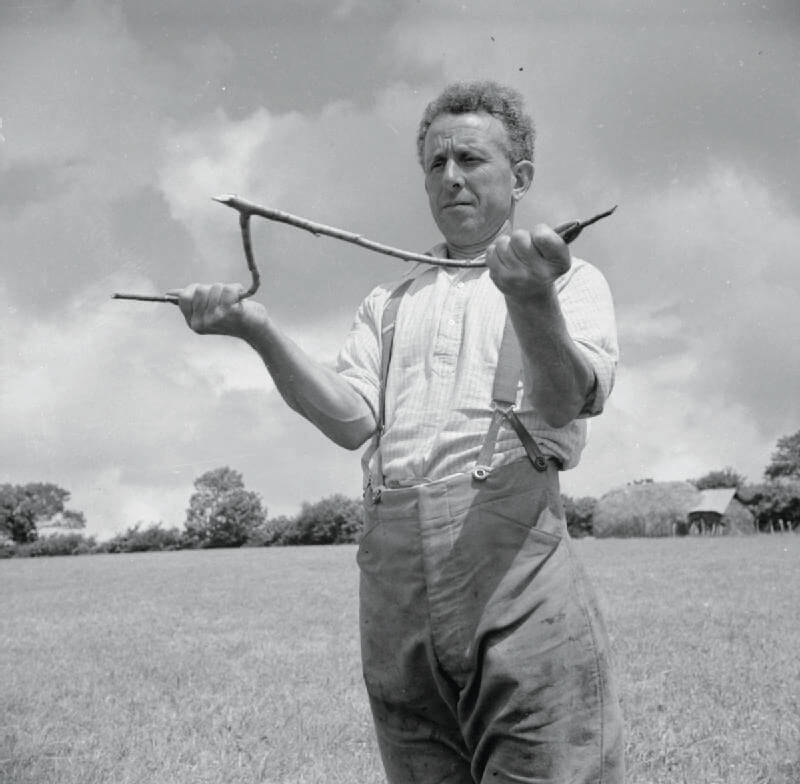By GARRETT SNYDER,
Vegetation Management Manager,
Southwest Florida Water Management District
The Southwest Florida Water Management District’s (District) goal is to maintain healthy ecosystems and preserve native plant populations.
Many invasive species are well-established and are extremely difficult (and expensive) to eliminate.
Vegetation Management Manager Garrett Snider explains how the District works to keep new invasive plants out of Florida’s natural areas.
QUESTION: What is vegetation management?
ANSWER: Vegetation management is the targeted control of nuisance and invasive, exotic vegetation. These operations are conducted on both District-owned lands and on District-managed, public waterbodies.
This includes the control of aquatic vegetation, growing in or near water, and terrestrial vegetation, which means growing on land.
Q: Why is vegetation management important?
A: Invasive plants were introduced by humans to Florida without any “natural enemies” that would help control their growth like what exists in their place of origin.
These plants grow quickly and often propagate easily, out-competing native vegetation.
Invasive terrestrial vegetation can displace native plant communities, disrupt normal ecosystem processes, such as fire ecology, and destroy wildlife habitat. Invasive aquatic vegetation can hinder navigation, which negatively impacts recreation like boating, swimming, and fishing.
Invasive aquatic vegetation also can negatively impact water quality, fish, and wildlife habitat, and limit the natural movement of water during flood events by forming jams in natural waterways and man-made structures such as bridges, for example.
Q: How does the District control invasive vegetation throughout the region?
A: The District utilizes a comprehensive approach to managing invasive vegetation on District lands and public waterbodies.
Integrated pest management is a method of managing invasive vegetation that combines cultural, biological, mechanical and chemical controls, while considering the impact of these control methods on the environment.

On public waterbodies, the District works with the Florida Fish and Wildlife Conservation Commission (FWC) to maintain healthy aquatic ecosystems through FWC’s aquatic plant management program.
Aquatic plant management operations are conducted using aquatic herbicides (chemical), harvesters (mechanical), and triploid grass carp (biological), a weed-eating fish.
The methods used depend on the plant species being targeted, the level of infestation, the size of the water body, and its primary use among other factors.
No single method is effective for all situations.
Additionally, the District engages in cultural control methods by educating the public about invasive vegetation through information and public engagement.
Q: What can happen when invasive vegetation is not controlled?
A: Invasive aquatic plants can impede water flow through rivers, ditches, control structures (dams), and other conveyances. Rampant aquatic vegetation can make it difficult for the members of the public to use boats or kayaks in District waterbodies, disrupt fish and wildlife habitat, and can impact water quality. Invasive terrestrial vegetation can disrupt wildlife habitat, damage native plant communities, and alter fire behavior.
Q: How can the public help?
A: Keeping invasive plants under control is a challenging job.
Aside from the District’s efforts in managing thousands of acres of conservation lands and public waters, you can do your part in helping to stop the spread of invasive plants by learning what plants you should and should not plant and by ensuring that all aquatic plant material is removed from your boat and trailer before and after launching your boat.●
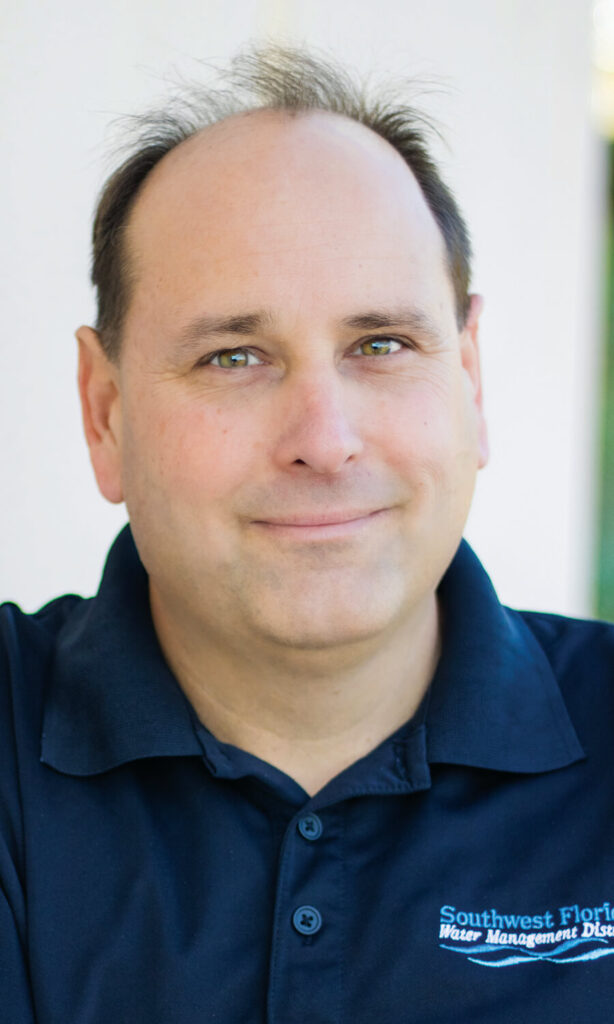
Garrett Snider is the vegetation management manager for the Southwest Florida Water Management District. Garrett is a licensed Florida pesticide applicator and has more than 20 years of vegetation management experience. He is a member of the Florida Aquatic Plant Management Society and holds a bachelor’s degree in Sustainability Management from St. Petersburg College along with a Project Management Certification.









